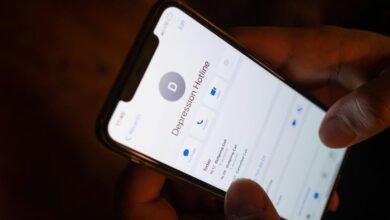Who Called Me From 3463962051, 3463986266, 3463986483, 3464268887, 3465377449, and 3468742010? Verify Now

Multiple calls from numbers such as 3463962051, 3463986266, 3463986483, 3464268887, 3465377449, and 3468742010 have raised concerns about their legitimacy. Analyzing caller ID can reveal patterns indicative of telemarketing or potential scams. It is crucial to understand common tactics employed by these callers. Engaging with unknown contacts without verification may lead to unwanted consequences. The next steps in assessing these numbers could be vital for safeguarding personal information.
Understanding the Caller ID: Analyzing the Numbers
How can one effectively interpret the information conveyed by a caller ID?
Employing caller identification techniques, individuals can discern patterns and origins of incoming calls.
Number format analysis reveals whether a number adheres to standard formats, indicating its legitimacy or potential spam.
Understanding these elements empowers users to make informed decisions about answering calls, enhancing their personal freedom and security in communication.
Common Scams and Telemarketing Techniques
Recognizing the nuances of caller ID can lead to a better understanding of common scams and telemarketing techniques employed by unsolicited callers.
Scam awareness remains crucial as telemarketing tactics often exploit urgency and fear to manipulate victims. Techniques such as spoofing numbers, offering unrealistic rewards, and requiring personal information are prevalent, highlighting the need for vigilance in protecting personal data against deceptive practices.
Steps to Verify and Report Suspicious Calls
Verifying and reporting suspicious calls involves a systematic approach that can help mitigate the risks associated with unsolicited communications.
Users should utilize call blocking features to prevent future disturbances.
Employ available reporting tools to document the call details and notify telecommunications authorities.
This proactive stance fosters a safer communication environment and empowers individuals to reclaim their privacy from unwanted intrusions.
Conclusion
In conclusion, the prevalence of calls from numbers like 3463962051 and others underscores the growing issue of telemarketing and scam activities. Notably, according to the Federal Trade Commission, approximately 30% of consumers reported receiving unwanted calls in 2022, highlighting the widespread nature of this problem. By being vigilant and utilizing available resources to verify unknown callers, individuals can better protect themselves from potential scams and safeguard their personal information in an increasingly interconnected world.





